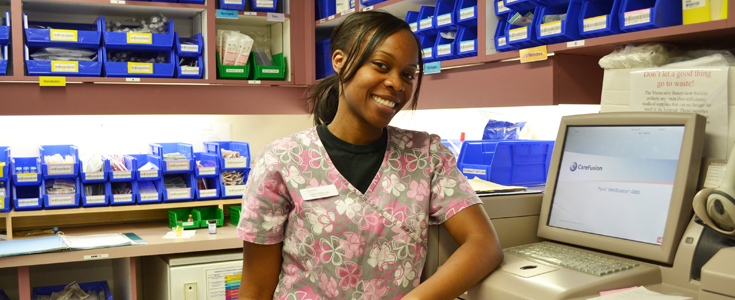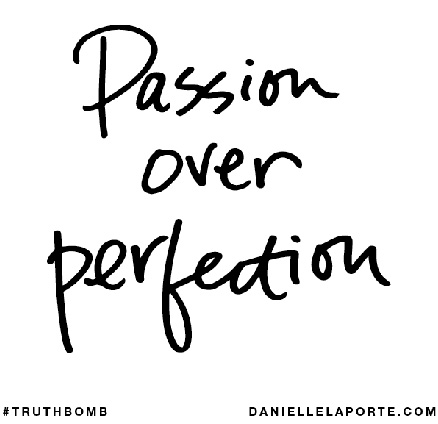
A number of years ago, I was invited to speak at the 100th anniversary of the Victoria Order of Nurses at their biennial night. I had decided to present on the new initiatives being developed and how we were engaging staff.
One person who attended was the clerk from my department. After I had given my presentation, I overheard her say, "She's the person in charge of changing everything."
Related links
Transition shock: making the shift from student to professional nurse
Note to managers working with new nursing grads
She's right. I was. I have a willingness to see possibility in change instead of getting stuck on problems and hurdles often associated with change.
I had started as a manager and was all about trying new things and doing things differently. I figured, we'll test to see if this works. If that's not working, how about we try this?
Everyone's relationship with change is different and we all integrate change differently. Conversations with my husband will remind me of this frequently.
It takes me about five minutes before I'm asking what we're going to do about it.
It takes him a little longer to process his reaction to the need for change. Then he's ready to talk about it and what we need to do about it.
Giving each other the space to process news in our different ways allows us to support each other while avoiding conflict.
I would invite you to consider how you can create space for you and your colleagues to deal with change in your respective ways. Neither way is right or wrong, it is just different.
Regardless of how you process change and new information, what happens when there is a lot going on, and a lot of change?
The very nature of health care is continuous improvement. We're always striving to do things better, to implement new technology and to find safer or more efficient ways to deliver services to our community.
Some of the bigger system changes happening right now include the utilization management upgrade and Provincial Healthcare Violence Prevention Program, which will be launching later this year.
Change is also a part of this year's Accreditation Canada's visit. Between April 17th and April 22nd this year, 25 surveyors will be tracing 160 different episodes of care. This is the first time all programs in all sectors will be reviewed at the same time, over a six day period.
One project currently in the works is converting equipment and systems from the current Pyxis 4000 MedStations to with Pyxis ES MedStations. At the same time, all Pyxis and related medication practices are being reviewed to strengthen current practices and optimize additional features. The project is a collaborative effort that involves nursing, pharmacy, Manitoba eHealth and CareFusion. Ultimately this will result in an automated medication dispensing system to be used for direct patient care for the next decade.
Part of navigating change is using resources within you to cope with change. A change management model is helping introduce change with success at Health Sciences Centre Winnipeg.
Sometimes the challenges of multiple changes with a complex regional system can result in people carrying a heaviness related to the number of things changing.
Even with resources to help navigate change, change fatigue is possible. You may know how you process change, ask for help when you need it and have supports in place, but sometimes change upon change upon change can take its toll. If you've had moments like this, please consider talking to someone about what you're experiencing. You may even want to consider extra support from the EAP program.
Why are we doing this to people? It's a question that comes up from time to time with respect to change.
As a Region, we're invested in continuous improvement. We want to make our system better and to continually improve the care we provide to people.
Someone recently asked me how I cope with change. Life/work balance is an important factor, and one I hope you'll consider a priority. Often when we're well-rested, exercising, eating well and feeling supported, we can move through our days with confidence and ease.
It is also important to cultivate the capacity to be resilient. Being resilient is having the ability to bounce back in the face of challenge or adversity, but to also use those moments of stress or challenge to learn and grow. Contributing to and receiving form strong support systems and engaging in meaningful activities are a couple of ways we can build our resilient muscles.
I approach change the way I do because I have a fundamental belief that we're good but we can always be better. We need to be making changes, striving to be better, or great. Challenging the status quo, asking why things are the way they are . . . it is continuous learning and living at its best.
As a system, I invite you to consider changing based on what we're learning, is part of our commitment to the people we serve.
The journey of continuous learning doesn't require us to be perfect. In fact, if we wait for perfection, we may miss the strengths, skills and moments we have right now. Perfection doesn't exist. If you want everything to be perfect before you can move forward, you'll never get there.

Consider starting where you are, and be willing to take a risk. Be willing to fail. Be prepared to recognize that failure isn't a reflection of how smart you are, or that you haven't given something your all.
In fact, when something doesn't work the way you thought it might (or needed or wanted it to), it's chance to ask yourself a powerful question: what am I learning?
What are you learning? How are you navigating change? Write and tell me at [email protected].
Resources to support you in change
ADKAR®: Simple, Powerful, Action Oriented Model for Change
Embracing Change - Jason Clarke at TEDxPerth
